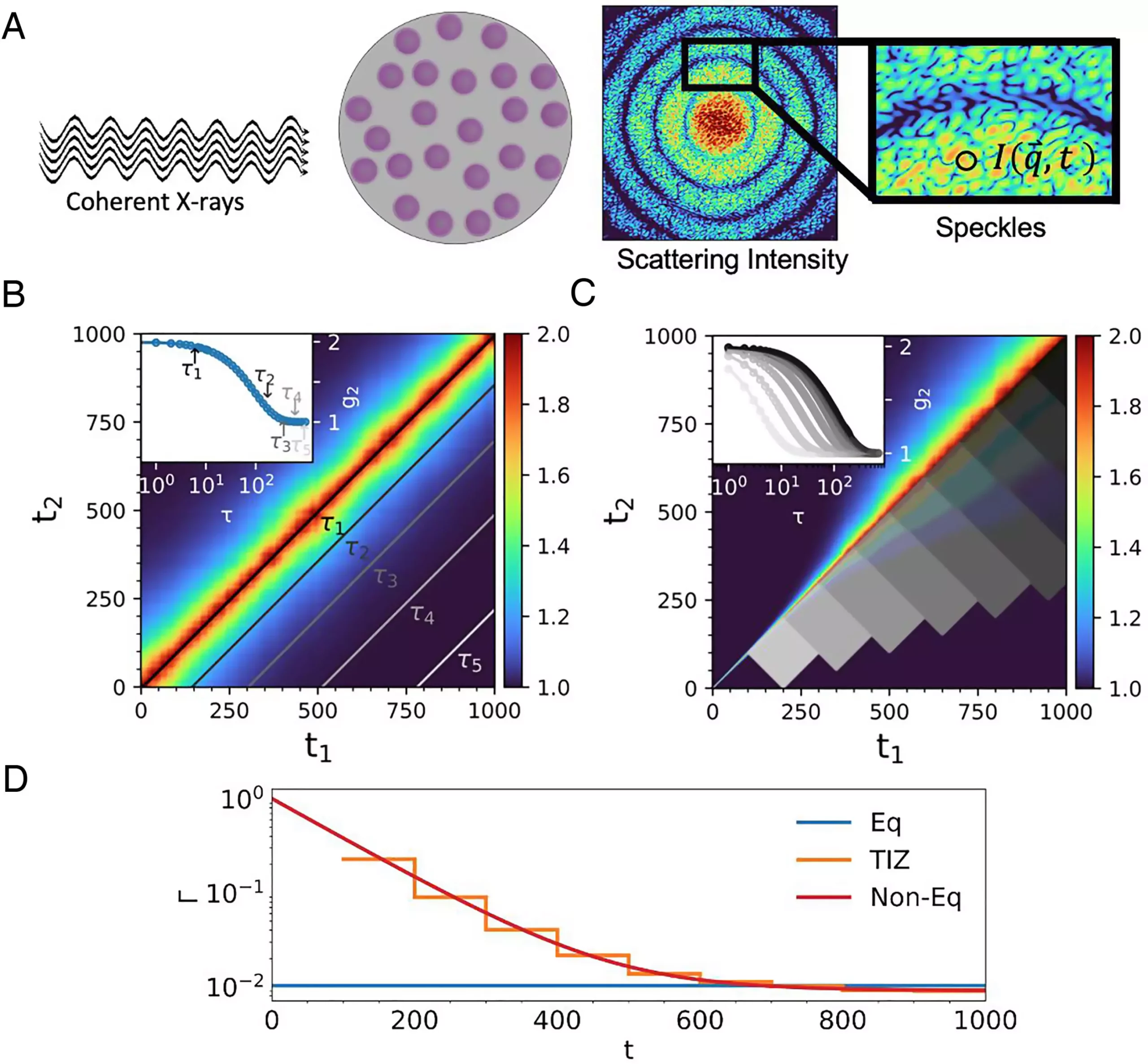Soft matter has captured human curiosity and imagination for decades, with its properties and behaviors influencing a wide range of applications across various industries. For almost 70 years, Play-Doh has been a quintessential example of soft matter, delighting children with its moldable and colorful form. However, understanding the complexities of soft matter extends beyond simple playtime; it encompasses important scientific inquiries that can lead to practical advancements in fields such as materials science, pharmaceuticals, and even environmental studies.
Soft matter refers to materials that can easily deform and flow in response to external forces. This category includes not just Play-Doh, but also everyday materials like mayonnaise, creams, paints, and gel-like substances. Such materials are significant due to their responsive characteristics, which often change based on alterations in temperature, pressure, or chemical composition. Research on the flow behavior and interactions of soft matter at the nanoscale—small enough to examine atomic motions—has long been limited by existing methods. This gap in understanding presents an opportunity for innovations that could lead to significant improvements in how we manipulate and utilize soft materials.
The work being conducted at the U.S. Department of Energy’s Argonne National Laboratory, in partnership with the Pritzker School of Molecular Engineering at the University of Chicago, is pushing the boundaries of this field. Their recent publication in the Proceedings of the National Academy of Sciences (PNAS) offers a revolutionary approach through the introduction of advanced techniques in flow property analysis.
The cornerstone of this research lies in a novel application of X-ray photon correlation spectroscopy (XPCS). This state-of-the-art technique allows scientists to scrutinize the dynamic behaviors of nanoparticles within soft matter under varying external stimuli like temperature changes or applied forces. Traditionally, XPCS data collection involved averaging results, which resulted in the loss of intricate details regarding the nanoscale interactions that occur in soft materials.
Led by graduate student HongRui He, the research team has successfully developed methods that preserve and analyze the fluctuations that nanoparticles undergo. For example, the study focused on a complex soft material composed of a dense mixture of charged particles suspended in a saline solution. By applying shear—a mechanical process akin to rubbing lotion on one’s hands—the team observed and documented the interactions within the material over time.
This led to significant findings: during shearing, the nanoparticles organized into different movement bands—some moving rapidly while others remained static. Intriguingly, the fast-moving particles disappeared within seconds, only to reappear later alongside slower-moving and static entities. Such insights have been previously unattainable with conventional analysis techniques, emphasizing the potential of the new XPCS methods to provide valuable data on soft matter dynamics.
The implications of this research extend well beyond mere academic curiosity. The ability to measure critical flow properties, like the transport coefficient, presents a pathway for understanding how soft materials behave in real-world scenarios. The importance of efficiently characterizing these materials is evident; whether it’s in optimizing formulations for cosmetics, improving the delivery systems of drugs, or enhancing the durability of paints and coatings, the applications are vast and varied.
Furthermore, the upgrade to the Advanced Photon Source (APS)—a key facility supporting this research—greatly enhances the potential for further investigations. The new beamlines dedicated to XPCS will enable researchers to perform experiments with unprecedented precision, thereby paving the way for a deeper understanding of natural phenomena such as landslides or arterial plaque buildup. This capability could lead to improved predictive models for significant events, providing valuable insights into mitigating risks and advancing technology.
The study into the flow properties of soft matter is not only groundbreaking but also essential for future innovations. By utilizing X-ray photon correlation spectroscopy, scientists are uncovering the underlying complexities of soft materials that have puzzled researchers for years. With the imminent advancements in beam technology at facilities like APS and ongoing collaborative efforts, the future of soft matter research looks promising, opening doors to new materials and applications that could greatly impact various industries and enhance our understanding of the natural world.


Leave a Reply